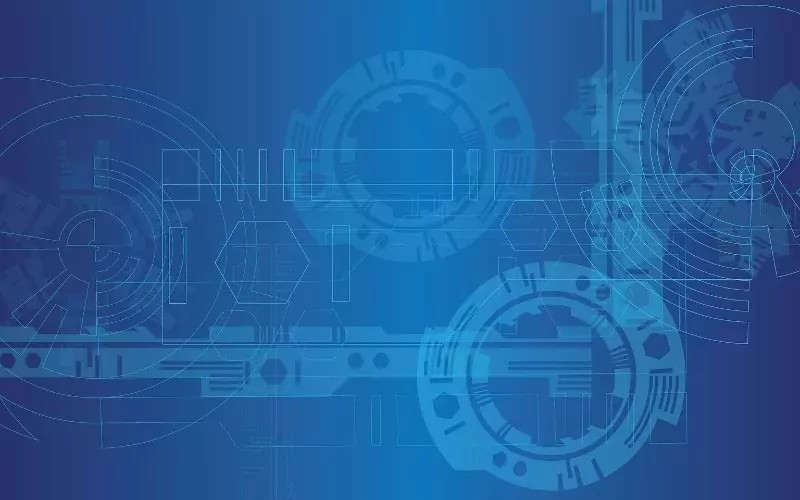Artificial Intelligence (AI) is reshaping many aspects of our lives and is now stepping into the realm of crime prevention. By harnessing AI-driven surveillance technology, there is potential to predict and prevent crimes before they occur, significantly enhancing public safety.
Developed by London-based Cortexica, this advanced technology combines AI with computer vision, aiming to identify suspicious behaviour in real-time. By leveraging existing CCTV infrastructures, this system promises to augment traditional surveillance methods, providing a proactive approach to maintaining safety in urban environments.
Harnessing AI for Enhanced Surveillance
Cortexica is pioneering the integration of AI with ‘computer vision’ to scan and interpret live video feeds. This transformative technology seeks to improve street safety by identifying suspicious actions based on movement patterns. This involves complex algorithms trained to understand and differentiate normal behaviour from potentially harmful actions, with the ultimate goal of averting crime before it unfolds.
According to Alastair Harvey, Cortexica’s chief solutions officer, the technology is not quite akin to science fiction portrayals like ‘Minority Report’, yet it possesses the capability to recognise and assess potential threats in public areas. The AI works by contextualising actions observed in video clips, enhancing predictive analytics.
The system can distinguish between people running in joy versus those fleeing in panic. Such advancements may drastically change how urban safety is managed, providing authorities with tools to react more swiftly to possible threats.
Public Safety and Predictive Analytics
This cutting-edge technology aims to advance public safety by thoroughly monitoring behaviour patterns. AI’s ability to recognise individuals walking against the flow of people, or changes in possessions, presents a significant leap forward in surveillance capabilities.
The potential for such technology extends globally, with inquiries from numerous public sectors driven by the quest for safer cities. This system promises to be more reliable than human operators, offering round-the-clock monitoring without the risk of human error.
With its emphasis on action rather than identity, this AI system maintains privacy by foregoing facial recognition. Its operation focuses on identifying behaviour patterns, aligning with regulatory standards like the General Data Protection Regulation.
Applications Beyond Crime Prevention
AI surveillance also finds applications in industries like construction. By ensuring that safety protocols are followed, such as verifying the use of protective gear, this technology transcends the traditional boundaries of security.
Cortexica has equipped its AI with the capability to identify and track objects like oxygen tanks and hard hats. This real-time item recognition fosters an environment where safety alerts can be generated promptly.
The partnership with BT further explores retail solutions, while future plans include innovations for home use, such as predicting accidents or assisting with child care. The utility of AI in various sectors underscores its transformative potential.
Scaling and Reliability
AI’s ability to monitor numerous cameras tirelessly positions it as a scalable solution for modern surveillance needs. Unlike human counterparts, AI does not require breaks, remaining attentive and vigilant at all times, hence minimising oversight.
Harvey points out that while humans can effectively manage a limited number of cameras, AI systems excel in overseeing vast networks across multiple locations. This scalability provides unmatched consistency in surveillance, assuring constant oversight without lapses.
The shift towards automated surveillance methods heralds a new era of public monitoring, where AI assumes tasks traditionally managed by human operators, significantly reducing the scope for human error.
Maintaining Privacy in Surveillance
Central to the implementation of this technology is a commitment to privacy. Unlike conventional systems that may incorporate facial recognition, Cortexica’s solution refrains from collecting personal data, focusing solely on movements and behaviours.
This approach aligns with privacy regulations and aims to mitigate concerns about mass surveillance. The emphasis on non-intrusive monitoring ensures public and regulatory bodies that the focus remains on safety rather than personal identification.
By recognising actions rather than individuals, this technology strives to provide a balance between effective surveillance and privacy adherence, representing a new paradigm in how surveillance is approached.
A Glimpse into the Future
The vision for the future portrayed by Cortexica involves significantly enhanced camera intelligence. In homes, this technology could predict accidents and aid in childcare, extending the benefits of AI beyond typical public safety scenarios.
Cortexica, with its BT collaboration, plans to establish a ‘video centre of excellence,’ expanding its research and marketing efforts. This vision positions the company at the forefront of AI advancements in real-time monitoring solutions.
As other tech giants like Google’s DeepMind continue to innovate, Cortexica remains committed to pushing the boundaries of AI and surveillance, highlighting a future where technology and privacy coalesce for improved security outcomes.
AI surveillance technology, as developed by companies like Cortexica, is poised to revolutionise public safety with its ability to predict and mitigate threats effectively. Its focus on behaviour, rather than identity, ensures privacy while enhancing security. With scalable solutions and diverse applications, this technology marks a significant shift in how societies manage and interpret safety in urban environments.

